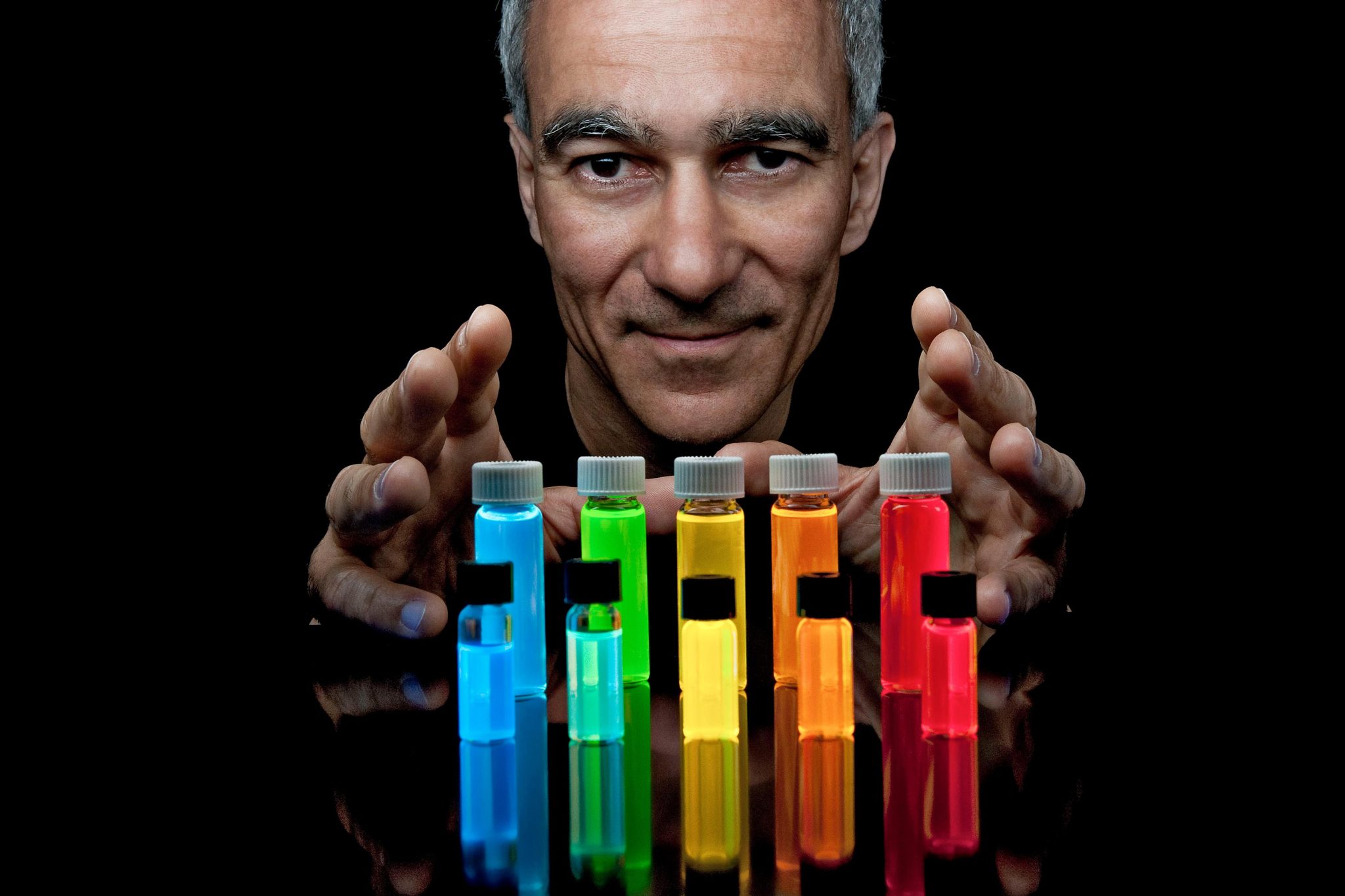

| Date | 15th, Oct 2023 |
|---|

MIT’s Moungi Bawendi, alongside Louis Brus and Alexei Ekimov, received the 2023 Nobel Prize in Chemistry for their work on quantum dots. Bawendi’s innovative methods have expanded their applications from displays to medical imaging, with MIT’s collaborative atmosphere playing a key role in his success. Credit: Len Rubenstein
For his work on techniques to generate quantum dots of uniform size and color, Bawendi is honored along with Louis Brus and Alexei Ekimov.
Moungi Bawendi, the Lester Wolfe Professor of Chemistry at MIT and a leader in the development of tiny particles known as quantum dots, has won the Nobel Prize in Chemistry for 2023. He will share the prize with Louis Brus of Columbia University and Alexei Ekimov of Nanocrystals Technology, Inc.
The researchers were honored for their work in discovering and synthesizing quantum dots — tiny particles of matter that emit exceptionally pure light. In its announcement on October 4, the Nobel Foundation cited Bawendi for work that “revolutionized the chemical production of quantum dots, resulting in almost perfect particles.”
Bawendi, who has been a professor at MIT since 1990, told MIT News soon after the announcement that he felt “surprise and shock” upon receiving the call from the Nobel committee, adding, “It was such an honor to wake up to.”

Moungi Bawendi at his home, shortly after receiving the news about his Nobel Prize win. Credit: Jodi Hilton
Quantum dots consist of tiny particles of semiconductor material that are so small that their properties differ from those of the bulk material. Instead, they are governed in part by the laws of quantum mechanics that describe how atoms and subatomic particles behave. When illuminated with ultraviolet light, the dots fluoresce brightly in a range of colors determined by the sizes of the particles.
These tiny particles are now used in many types of biomedical imaging, as well as computer and television displays, and they also hold potential in fields such as photocatalysis and quantum computing.
“It’s hard to think of a more elegant expression of Mind and Hand,” MIT President Sally Kornbluth wrote about Bawendi’s work, in a letter to the MIT community on the morning of the win, in reference to MIT’s motto, “Mens et Manus.” “We join Moungi’s family, his department, and his friends and colleagues around the world in celebrating this rare honor.”
